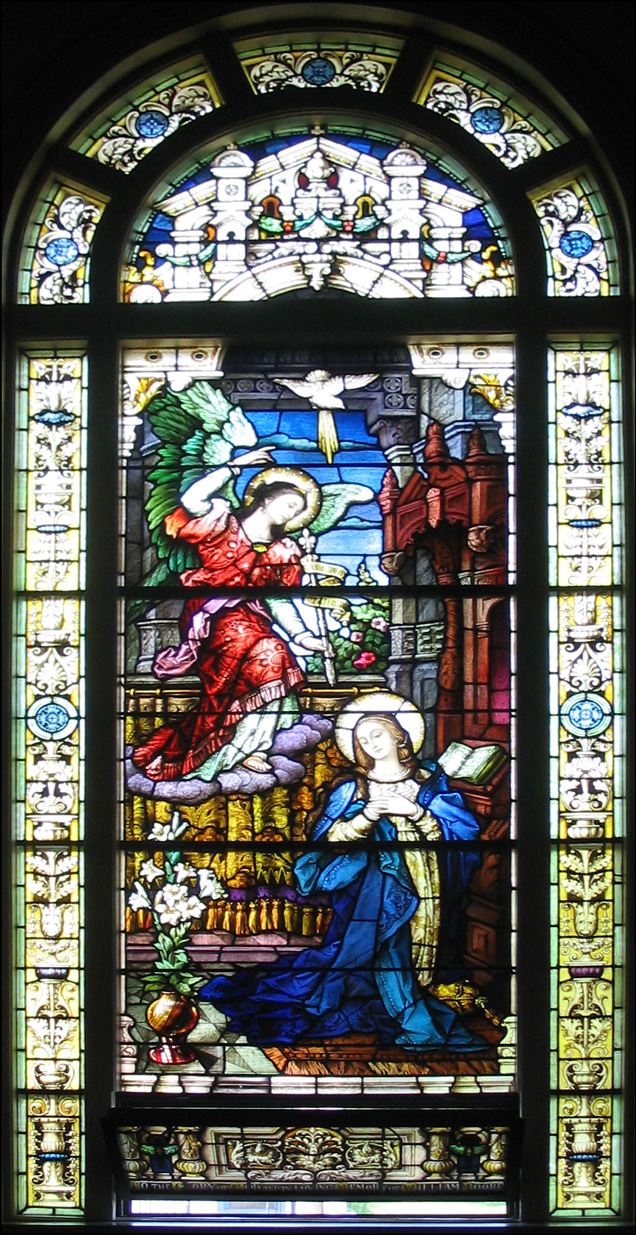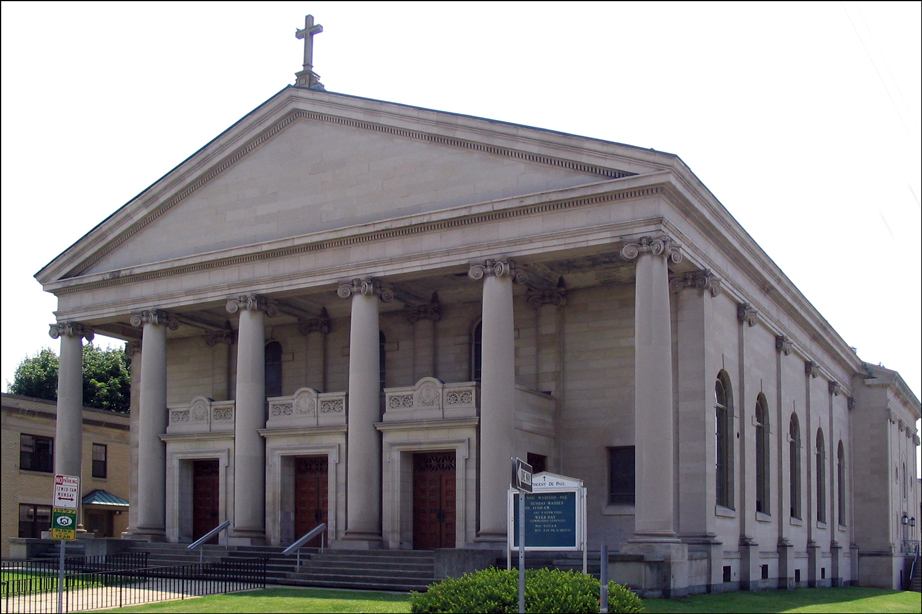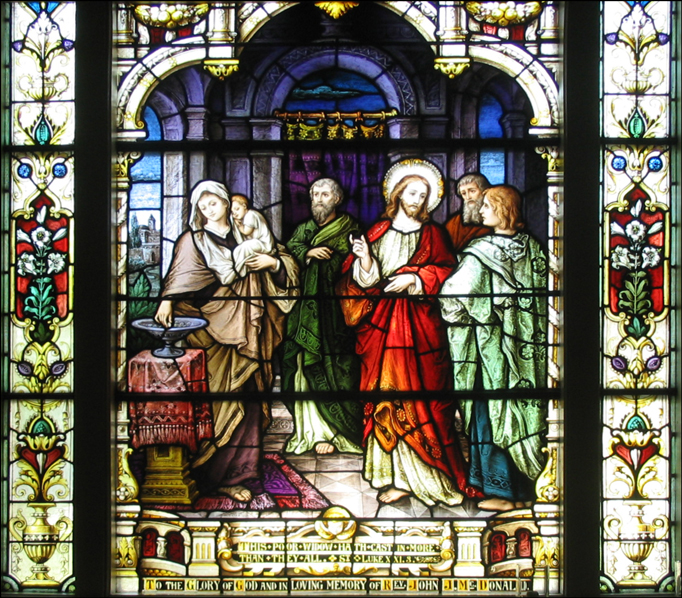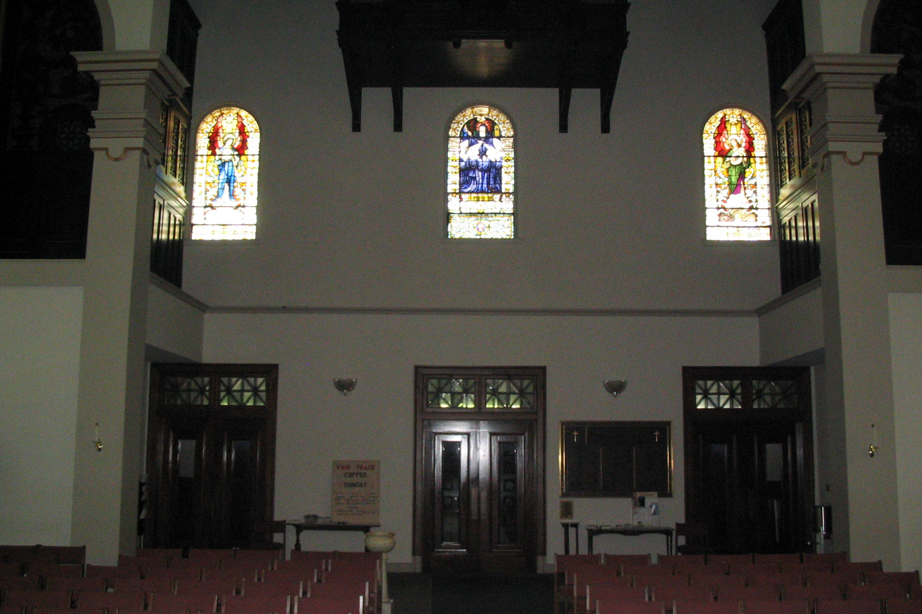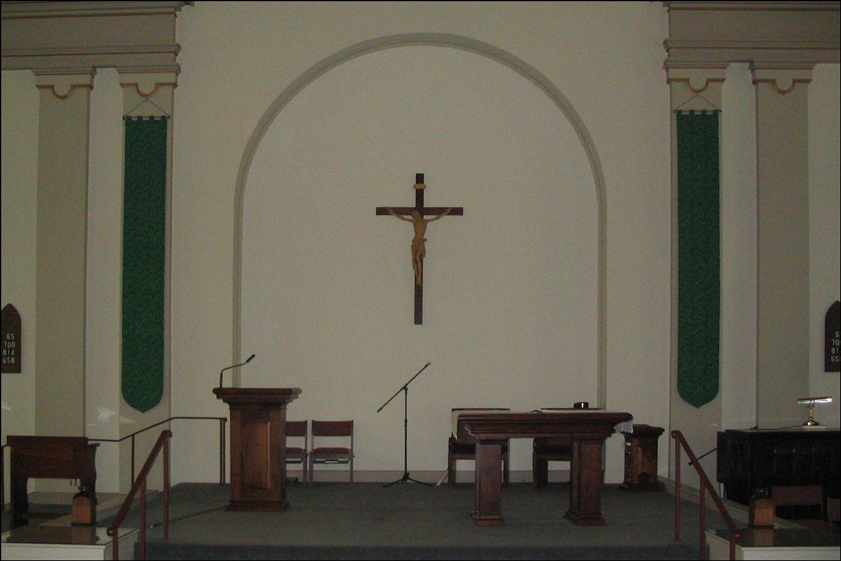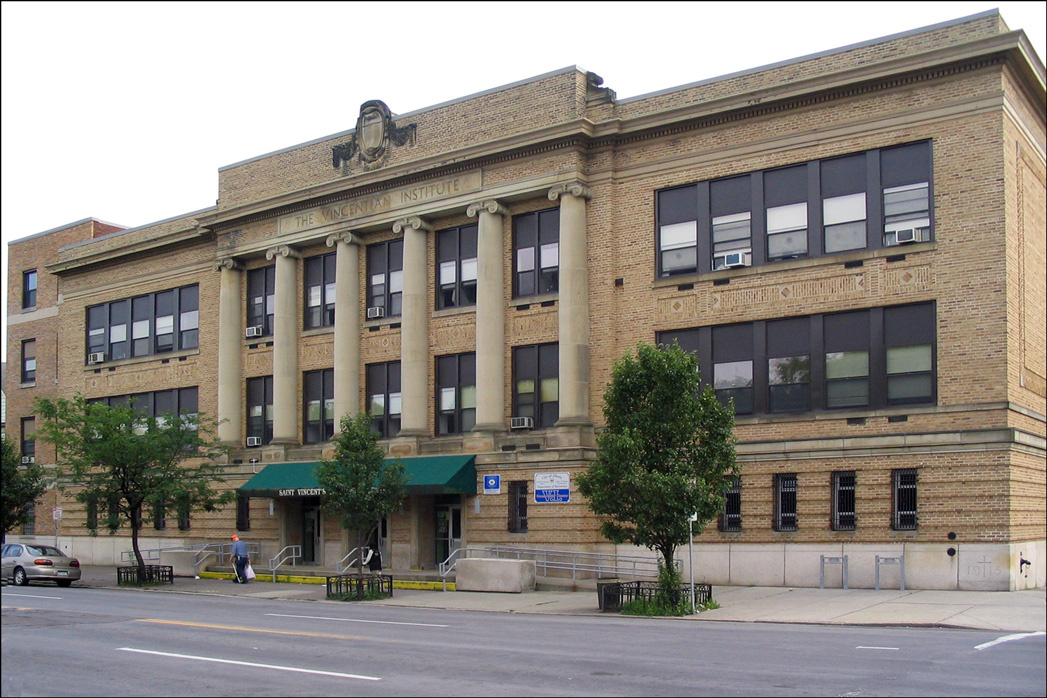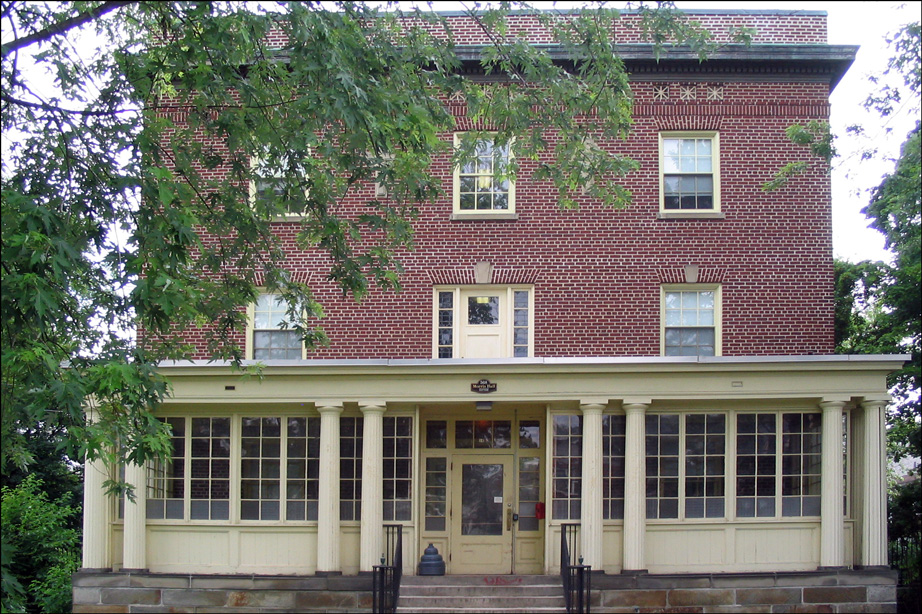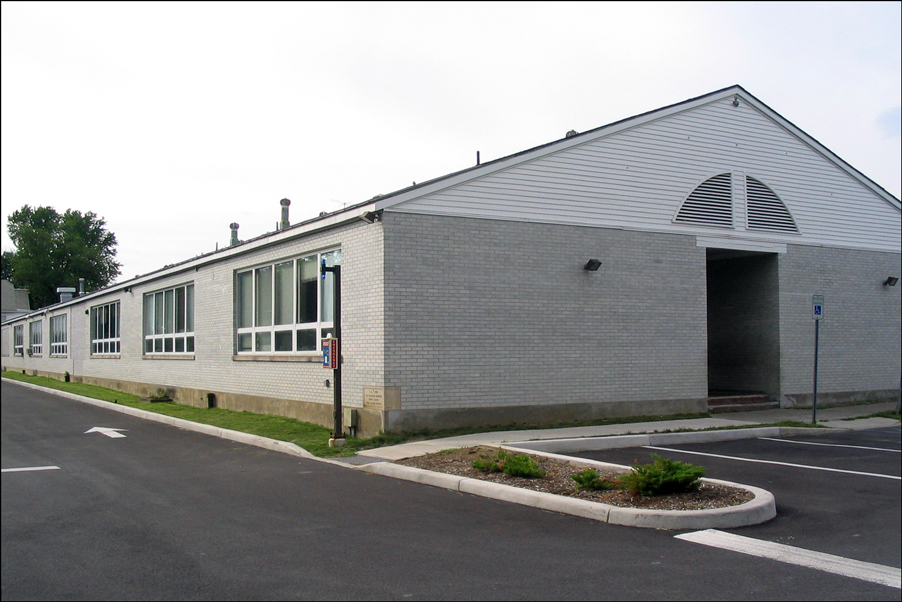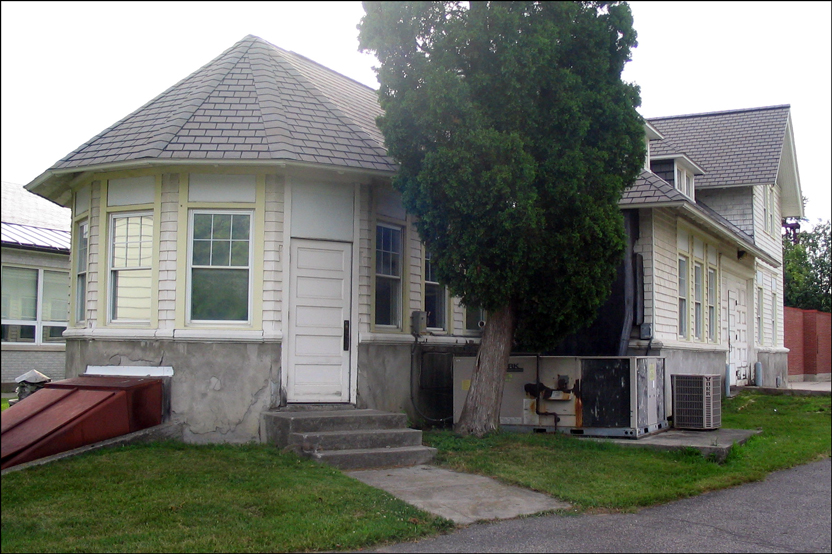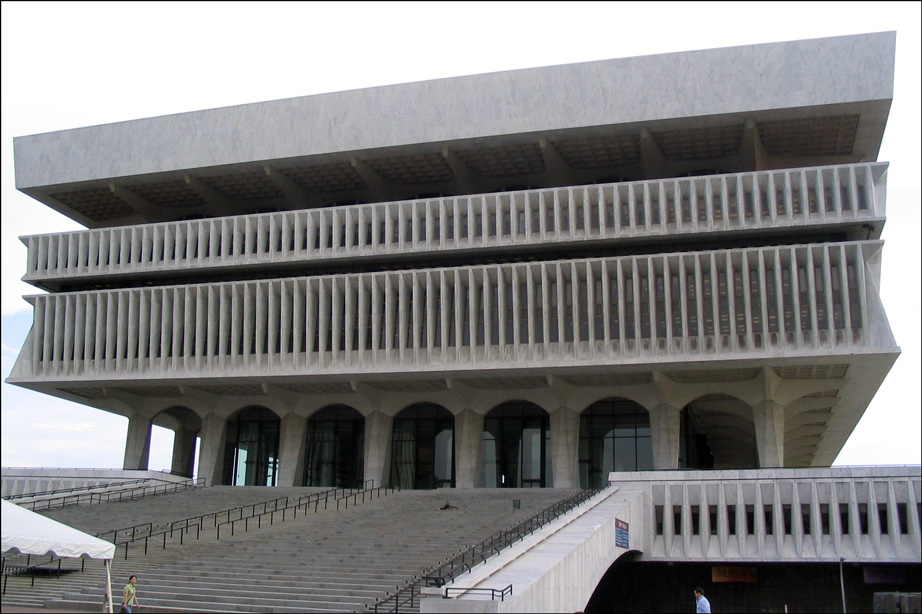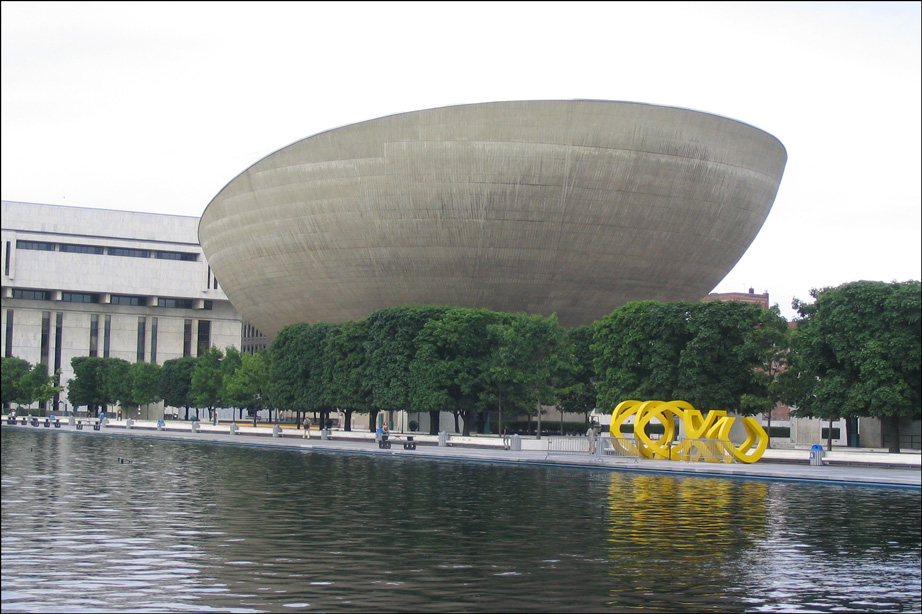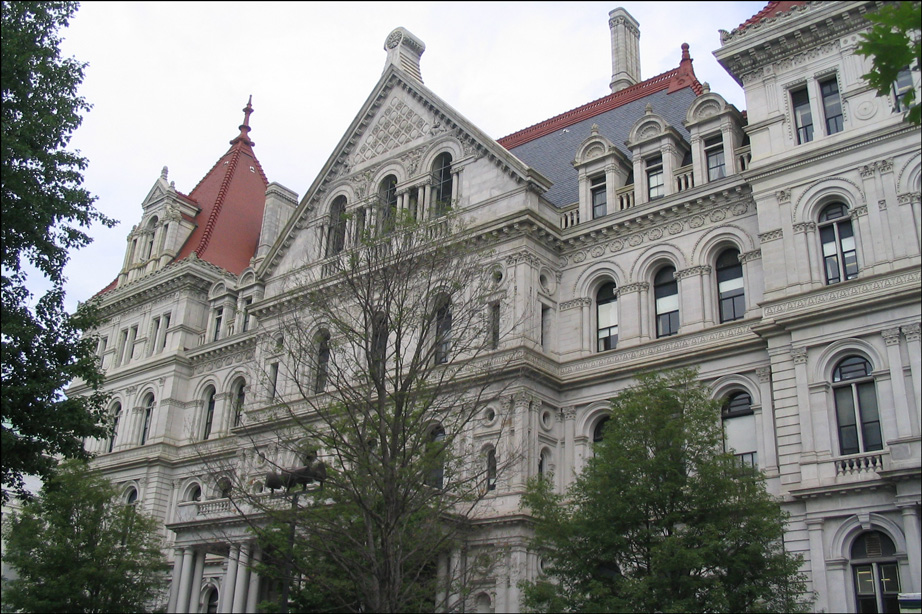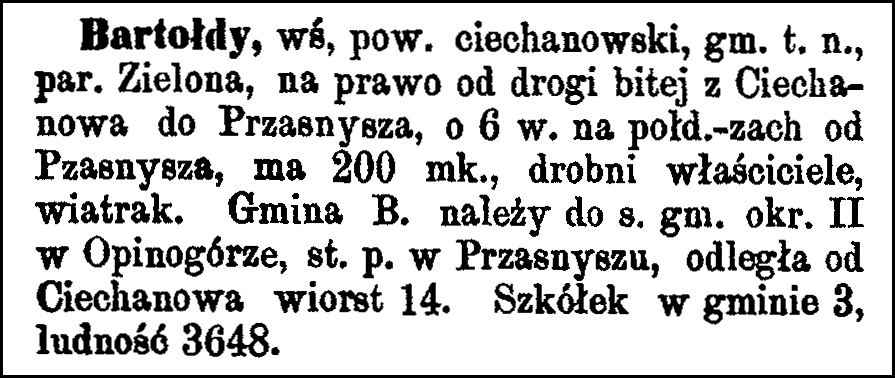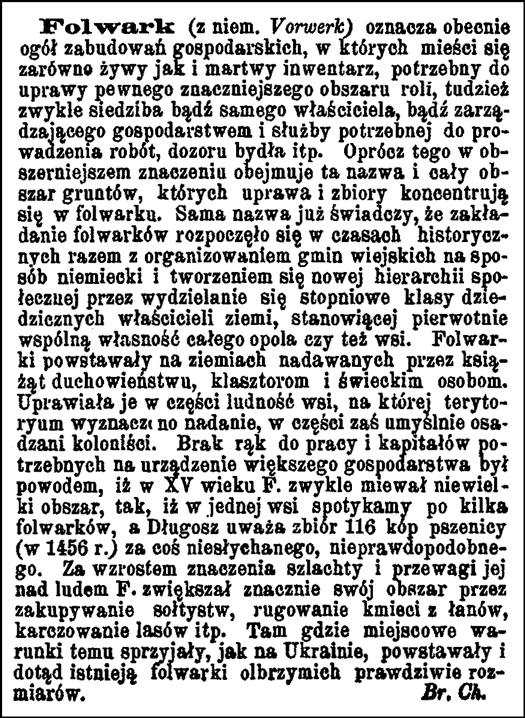The Roman Catholic Church of St. Vincent de Paul in Albany, New York is home to a number of stained glass windows imported from Munich, Germany. Eight of these windows depict events in the life of Christ. The first portrays the Annunciation as described in the Gospel of Luke.
The Annunciation
SOURCE: The Annunciation. Stained Glass Window in the Church of St. Vincent de Paul, Albany, New York. Created approximately 1904-1908 in Munich, Germany. Photographed by Stephen J. Danko 09 Jul 2007.
{1:26} Then, in the sixth month, the Angel Gabriel was sent by God, to a city of Galilee named Nazareth,
{1:27} to a virgin betrothed to a man whose name was Joseph, of the house of David; and the name of the virgin was Mary.
{1:28} And upon entering, the Angel said to her: “Hail, full of grace. The Lord is with you. Blessed are you among women.”
{1:29} And when she had heard this, she was disturbed by his words, and she considered what kind of greeting this might be.
{1:30} And the Angel said to her: “Do not be afraid, Mary, for you have found grace with God.
{1:31} Behold, you shall conceive in your womb, and you shall bear a son, and you shall call his name: JESUS.
{1:32} He will be great, and he will be called the Son of the Most High, and the Lord God will give him the throne of David his father. And he will reign in the house of Jacob for eternity.
{1:33} And his kingdom shall have no end.”
{1:34} Then Mary said to the Angel, “How shall this be done, since I do not know man?”
{1:35} And in response, the Angel said to her: “The Holy Spirit will pass over you, and the power of the Most High will overshadow you. And because of this also, the Holy One who will be born of you shall be called the Son of God.
{1:36} And behold, your cousin Elizabeth has herself also conceived a son, in her old age. And this is the sixth month for her who is called barren.
{1:37} For no word will be impossible with God.”
{1:38} Then Mary said: “Behold, I am the handmaid of the Lord. Let it be done to me according to your word.” And the Angel departed from her.SOURCE: Conte, Ronald L . Jr., translator and editor . The Sacred Bible. Catholic Public Domain Version. Luke 1:26-38. Online <http://www.sacredbible.org/catholic/NT-03_Luke.htm>. Accessed 10 Jul 2007.
This stained glass window includes the inscription: “To the Glory of God and in Loving Memory of William Moore. Note that the bottom part of the window opens to allow the circulation of air.
For other posts on the Church of St. Vincent de Paul, see:
For posts on the Vincentian Institute, see:
For posts on the Pine Hills Branch of the Albany Public Library, see:
Copyright © 2007 by Stephen J. Danko

